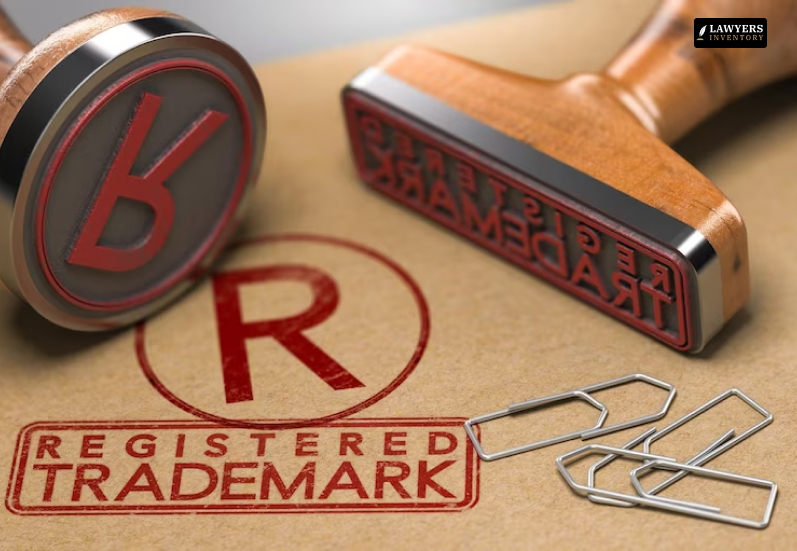
Trademarks are useful property for businesses, serving as identifiers of services and products within the market. They play an essential role in branding, distinguishing one business enterprise’s offerings from some others. However, information about the lifespan of logos is vital for corporations to guard their highbrow assets rights correctly. But you might be wondering how long does a trademark lasts in the United States. In this article, we will discuss what a trademark is and duration of a trademark, and the factors affecting it.
What is a trademark?

A trademark is a unique image, phrase, word, layout, or mixture thereof that identifies and distinguishes the goods or services of a selected supply from the ones of others in the marketplace. It serves as a treasured asset for groups, helping consumers recognize and partner products or services with a specific brand or agency.
In essence, a trademark functions as a unique identifier, embodying the popularity, greatness, and goodwill related to a selected logo. It permits consumers to make knowledgeable shopping decisions fosters brand loyalty and accepts it as true over the years. For instance, famous logos which include the Nike swoosh, Coca-Cola brand, and Apple’s bitten apple symbol are right away recognizable symbols of their respective groups and the products they constitute.
Trademarks play a critical position in defense of the intellectual property rights of corporations via preventing unauthorized use or imitation by using competitors. By setting up unique rights to use a trademark in connection with precise items or services, groups can safeguard their brand identity and recognition from infringement and dilution.
Trademark protection extends beyond simply phrases or trademarks; it could also apply to exclusive sounds, colorations, product packaging, and even particular scents related to a trademark. This broad scope of protection allows organizations to create memorable and special brand experiences for clients across various touchpoints.
To achieve trademark protection, companies generally check in their trademarks with the suitable governmental authority, which includes the United States Patent and Trademark Office (USPTO) or similar businesses in other international locations.
Registration presents legal popularity and one-of-a-kind rights to use the trademark in trade, offering greater safety in opposition to infringement and unauthorized use. In summary, trademarks function as powerful gear for trademark recognition, differentiation, and safety inside the global marketplace. They encapsulate the essence of a brand’s identity and popularity, allowing businesses to set up robust connections with customers and keep a competitive edge in today’s dynamic commercial enterprise environment.
How Long Does a Trademark Last?

The length of trademarks varies depending on several factors, such as registration, proper utilization, and renewal necessities. Trademarks can probably remain indefinitely if properly maintained. Registered trademarks normally have a unique initial duration, that can range from 5 to 10 years in many jurisdictions.
Resolving intellectual property infringement disputes can affect the preliminary period, trademark owners need to renew their registrations periodically to preserve safety. Renewing a trademarks entail submitting a renewal application to the applicable trademark office and paying the required costs.
During the renewal procedure, trademark owners must exhibit persisted use of the mark in commerce to make certain of its validity and protection. Proper and non-stop utilization of a trademark is critical for maintaining its validity and enforceability. Failure to apply for a trademark or reveal its lively presence in trade can result in abandonment and eventual lack of safety.
In addition to usage necessities, trademarks will also be situation to demanding situations or disputes, which include infringement claims with the aid of third parties. Resolving infringement disputes can affect the duration and enforceability of a trademark, requiring proactive measures to defend the logo’s identification and popularity.
Changes in law or trademark legal guidelines can also affect the renewal necessities of trademarks. It is essential for trademark owners to stay knowledgeable about legal trends and compliance obligations to make certain of the ongoing safety in their intellectual property rights.
Renewal Process of Trademarks in the US
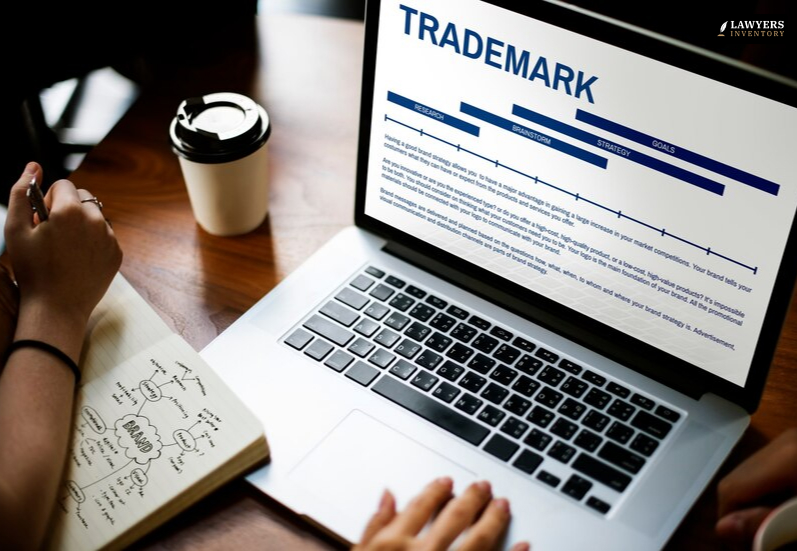
In America, the renewal process for trademarks involves several steps that trademark owners must undertake to hold the validity and safety in their marks.
Monitor Renewal Deadlines:
Trademark owners ought to be vigilant in tracking the renewal cut-off dates for their registered trademarks. The renewal duration commonly starts off evolved among the fifth and sixth year after the registration date and recurs every ten years thereafter.
File Renewal Application:
Prior to the expiration date, trademark owners ought to record a renewal application with United States Patent and Trademark Office (USPTO). The renewal application needs to encompass the essential forms, expenses, and information approximately the trademark being renewed.
Submit Proof of Continued Use:
Along with the renewal application, trademark owners may be required to put up evidence of endured use of the trademark in trade. This evidence allows display that the trademark is still actively used to perceive the goods or offerings targeted within the registration.
Pay Renewal Fees:
Trademark renewal calls for payment of the renewal prices set by the USPTO. The amount of the renewal fees can range relying on elements which include the range of lessons of goods or offerings protected with the aid of the trademark registration.
Respond to Office Actions:
In some instances, the USPTO may issue office actions inquiring for additional statistics or clarification regarding the renewal process. Trademark owners need to reply promptly and cope with any concerns raised with the aid of the USPTO to make sure the renewal manner proceeds smoothly.
Receive Confirmation of Renewal:
Once the renewal utility and all necessities are approved, the USPTO will approve a Certificate of Renewal, confirming the extension of the trademark registration for another ten years.
Maintain Accurate Records:
Throughout the renewal technique, trademark owners must maintain correct data of all correspondence, filings, and deadlines associated with the renewal of their trademarks. By actively engaging with the renewal process and complying with the necessities set forth by means of the USPTO, trademark owners can efficiently shield and keep the cost in their trademarks within the United States.
Factors Affecting Trademark Duration
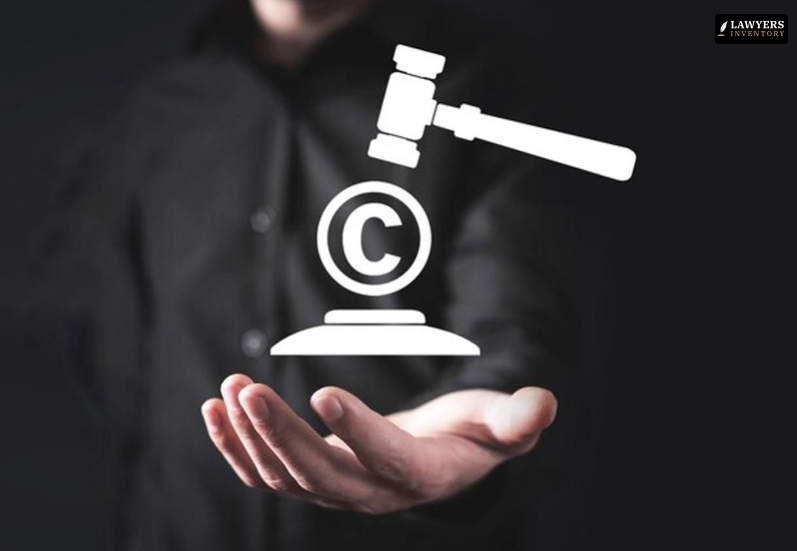
Several factors actively have an impact on the duration of trademarks, impacting their validity and safety within the market:
Proper Usage and Maintenance:
Active and non-stop utilization of the trademark in trade is essential for keeping its validity and safety. Trademark owners should actively reveal and implement right usage recommendations to prevent unauthorized or incorrect use of the trademark.
Registration Status:
The registration status of a trademark at once influences its length. Registered trademarks normally have certain preliminary intervals, ranging from five to ten years, relying on the jurisdiction. Owners must actively renew their registrations within distinctive timeframes to extend the trademark’s protection.
Renewal Requirements:
Trademark renewal includes submitting renewal packages with the relevant trademark office and paying important costs. Failure to comply with renewal necessities can result in the expiration and loss of trademark protection.
Changes in Legislation and Regulations:
Active monitoring of modifications in trademark laws and policies is vital for preserving the duration of trademarks. Legislative changes may additionally impact renewal methods, preservation necessities, and the scope of protection afforded to trademarks.
Infringement Challenges:
Trademarks can also face challenges from third parties alleging infringement or dilution of their rights. Active enforcement of trademark rights and backbone of infringement disputes can impact the duration and enforceability of logos.
Geographical Considerations:
Trademark safety is generally constrained to unique geographical regions where the mark is used or registered. Expansion into new markets may additionally require active registration and enforcement efforts to extend the length of trademark safety.
Marketplace Dynamics:
Changes in consumer alternatives, enterprise tendencies, and aggressive landscapes can affect the duration of trademarks. Trademark owners must adapt to market dynamics and defend their marks from ability threats or challenges.
By actively monitoring and addressing those factors, trademark proprietors can successfully manage the length in their logos and hold their value and integrity within the market. Vigilance, proactive enforcement, and compliance with legal necessities are key to maintaining sturdy and enduring trademark protection.
Frequently Asked Questions
Here are some frequently asked questions related to the duration of trademarks:
Trademark registrations typically remain for a preliminary period of five to ten years, relying on the jurisdiction. After the preliminary duration, trademarks can typically be renewed indefinitely in increments of five to 10 years.
The timeframe for registering a trademark varies depending on the jurisdiction and the complexity of the application. In some cases, it may take several months to over a year to complete the registration procedure.
In principle, trademarks can last indefinitely if they’re continuously used in trade and renewed consistent with the relevant trademark workplace’s requirements.
Failure to resume a trademark registration can bring about the expiration of the trademark, leading to lack of protection. In such cases, the trademark may also come to be to be had for others to check in or use.
Yes, trademark owners are generally required to demonstrate continued use of the mark in commerce and pay renewal fees to hold their trademark registrations.
In a few jurisdictions, trademarks can be subject to cancellation or venture if they are now not actively utilized in trade. However, the regulations regarding non-use vary by way of jurisdiction.
Some jurisdictions can also provide a grace duration after the expiration of a hallmark registration, at some stage in which the proprietor can nonetheless renew the registration without losing rights. However, past due renewal may additionally incur additional prices.
Yes, trademark ownership can be transferred through venture or licensing agreements. Proper documentation and registration with the relevant trademark office can be required for the switch to be valid.
If some other third party starts off evolved using a similar mark in reference to comparable goods or offerings and can display prior use or valid rights, it can result in disputes or challenges to the validity of the trademark.
To maintain trademark protection for the longest length possible, it is critical to actively use the trademark in commerce, monitor for infringement, observe renewal necessities, and stay informed about changes in trademark laws and rules.
Final Words
Now your answer to the question, how long does trademark last in the United States. When considering registering a trademark, it’s miles important to have a comprehensive knowledge of the modern laws and regulations related to trademarks. You need to recognize the exclusive types of trademarks, which include word marks, layout marks, and composite marks, and which one is most suitable for your business.
Also, you must be familiar with the application process, such as the important documentation and filling out forms, the costs involved, and the time it’ll take for your documentation to be processed. It is likewise essential to recognize the ability risks associated with trademark infringement and a way to avoid them.
This consists of carrying out an intensive search to make certain that your proposed trademark is not already registered by means of someone else, as this will result in legal battles and cost disputes. By staying properly knowledgeable about trademark legal guidelines and rules, you may keep away from errors and defend your trademark identity and reputation.
Moreover, it’s important to be aware that trademark legal guidelines and rules are continually evolving to keep up with the converting commercial enterprise environment and technological improvements. Therefore, it is advisable to keep yourself updated with today’s laws related to trademarks. You can find a trademark lawyer or an intellectual property law firm to ensure you are always in compliance with today’s laws and policies.
Read Also:
- A Beginner’s Guide To Business Litigation
- 7 Lawsuit Settlement Tips For The Business Owners
- When Should You Consider Hiring A Private Detective For Your Business




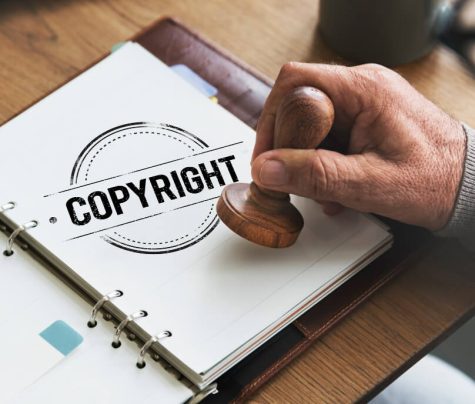




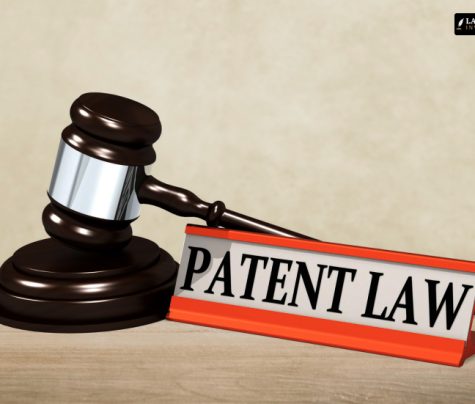
1 Reply
Copyright and Internet: Two Peas In a Pod
April 18, 2024 at 11:12 am
[…] How Long Does a Trademark Last in the US? […]
Reply